Disclaimer (as suggested by Toby Speight): Although IEEE 754 representations are quite common, an implementation is permitted to use any other representation that satisfies the requirements of the language.
The doubles are represented in the form mantissa * 2^exponent, i.e. some of the bits are used for the non-integer part of the double number.
bits range precision
float 32 1.5E-45 .. 3.4E38 7- 8 digits
double 64 5.0E-324 .. 1.7E308 15-16 digits
long double 80 1.9E-4951 .. 1.1E4932 19-20 digits

The part in the fraction can also used to represent an integer by using an exponent which removes all the digits after the dot.
E.g. 2,9979 · 10^4 = 29979.
Since a common int is usually 32 bit you can represent all ints as double, but for 64 bit integers of course this is no longer true. To be more precise (as LThode noted in a comment): IEEE 754 double-precision can guarantee this for up to 53 bits (52 bits of significand + the implicit leading 1 bit).
Answer: yes for 32 bit ints, no for 64 bit ints.
(This is correct for server/desktop general-purpose CPU environments, but other architectures may behave differently.)
Practical Answer as Malcom McLean puts it: 64 bit doubles are an adequate integer type for almost all integers that are likely to count things in real life.
For the empirically inclined, try this:
#include <iostream>
#include <limits>
using namespace std;
int main() {
double test;
volatile int test_int;
for(int i=0; i< std::numeric_limits<int>::max(); i++) {
test = i;
test_int = test;
// compare int with int:
if (test_int != i)
std::cout<<"found integer i="<<i<<", test="<<test<<std::endl;
}
return 0;
}
Success time: 0.85 memory: 15240 signal:0
Subquestion:
Regarding the question for fractional differences. Is it possible to have a integer which converts to a double which is just off the correct value by a fraction, but which converts back to the same integer due to rounding?
The answer is no, because any integer which converts back and forth to the same value, actually represents the same integer value in double. For me the simplemost explanation (suggested by ilkkachu) for this is that using the exponent 2^exponent the step width must always be a power of two. Therefore, beyond the largest 52(+1 sign) bit integer, there are never two double values with a distance smaller than 2, which solves the rounding issue.
